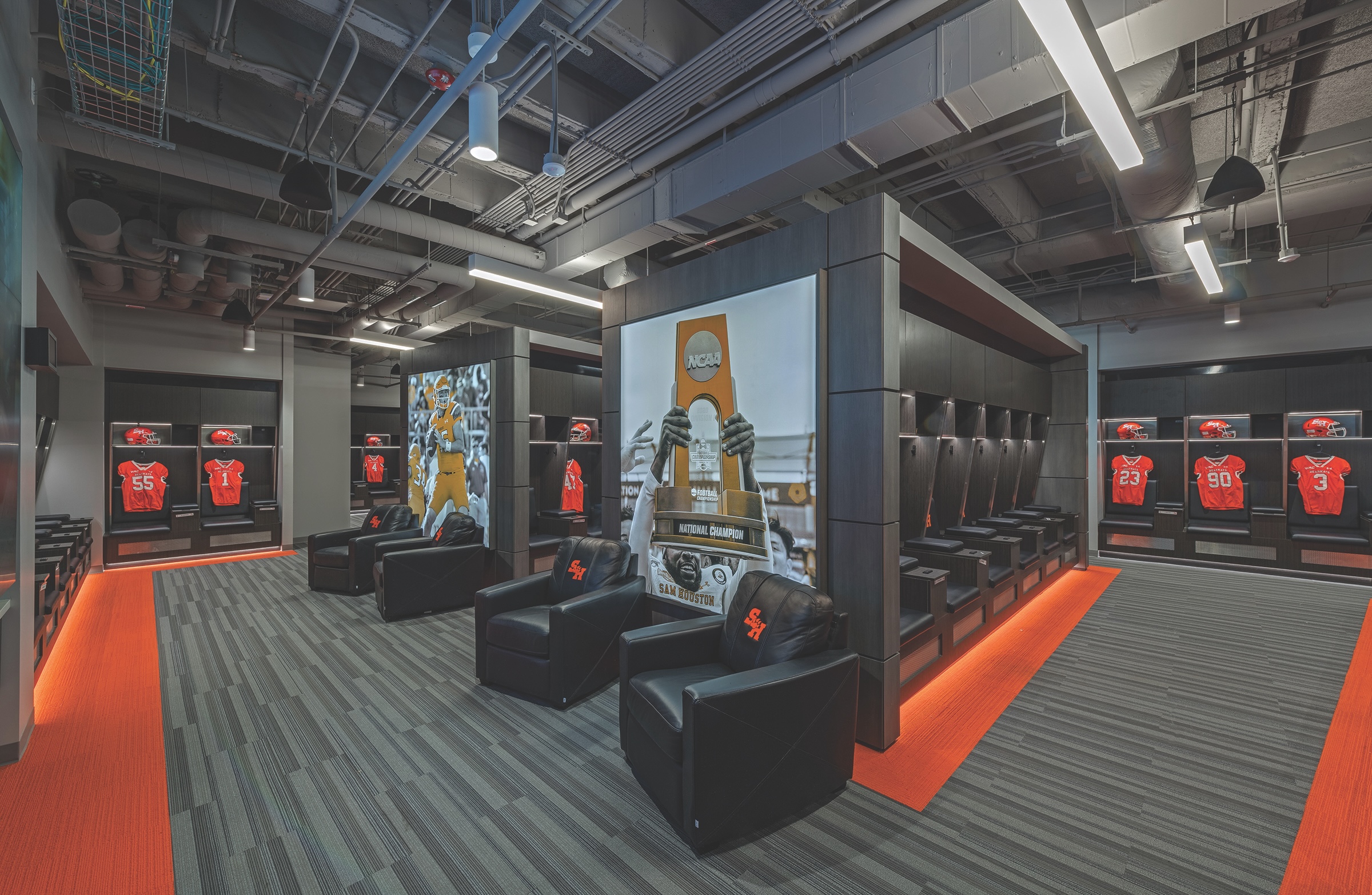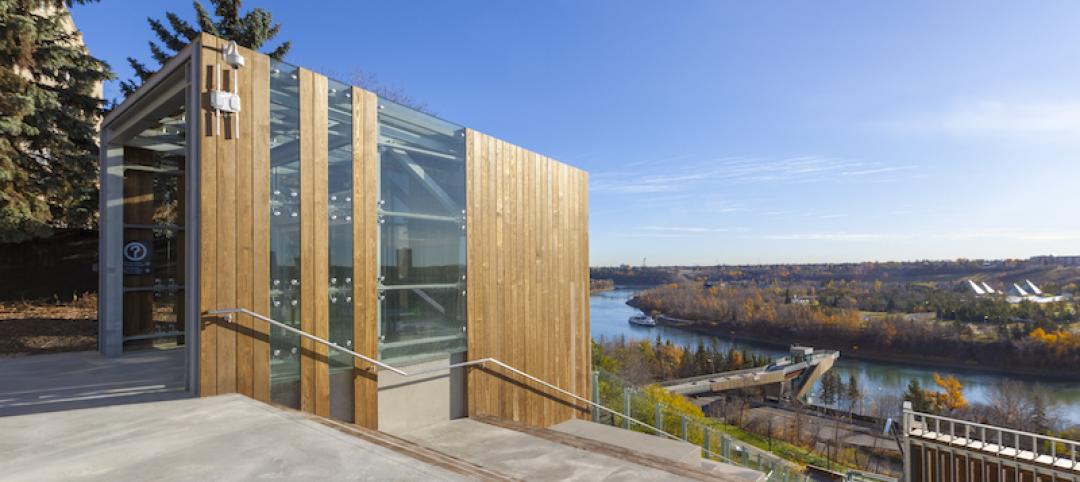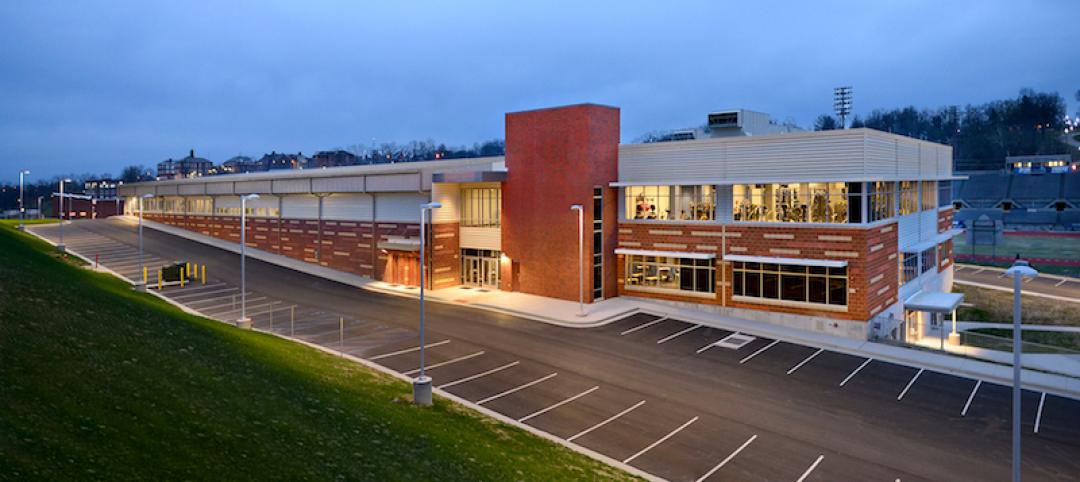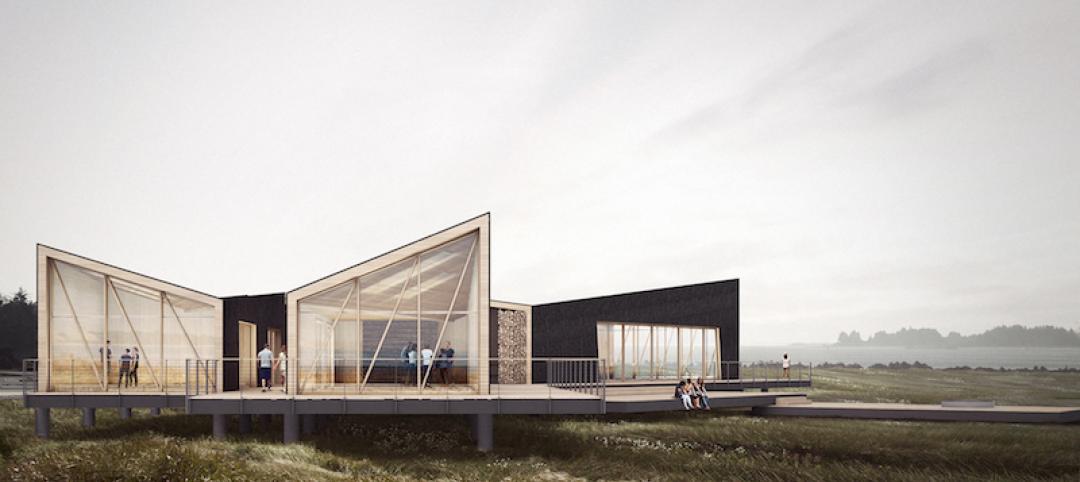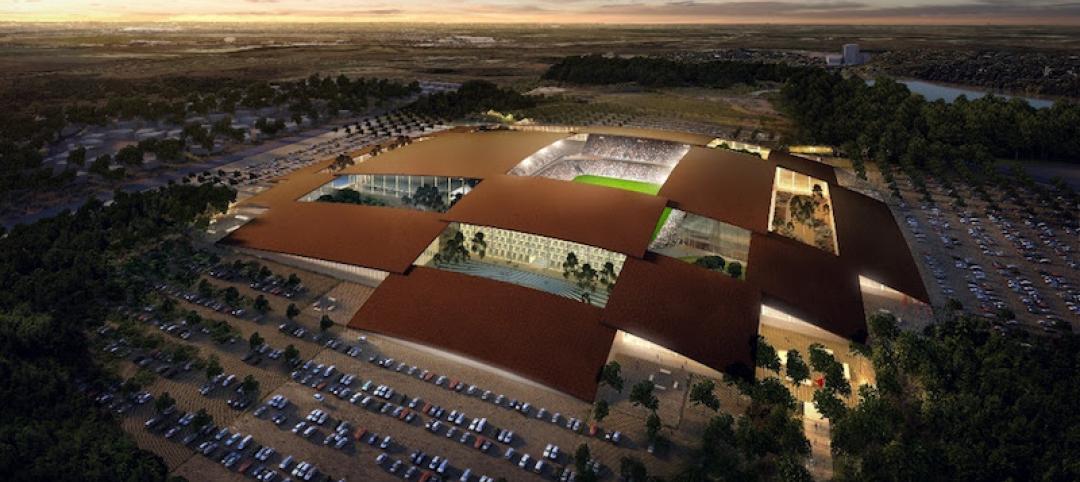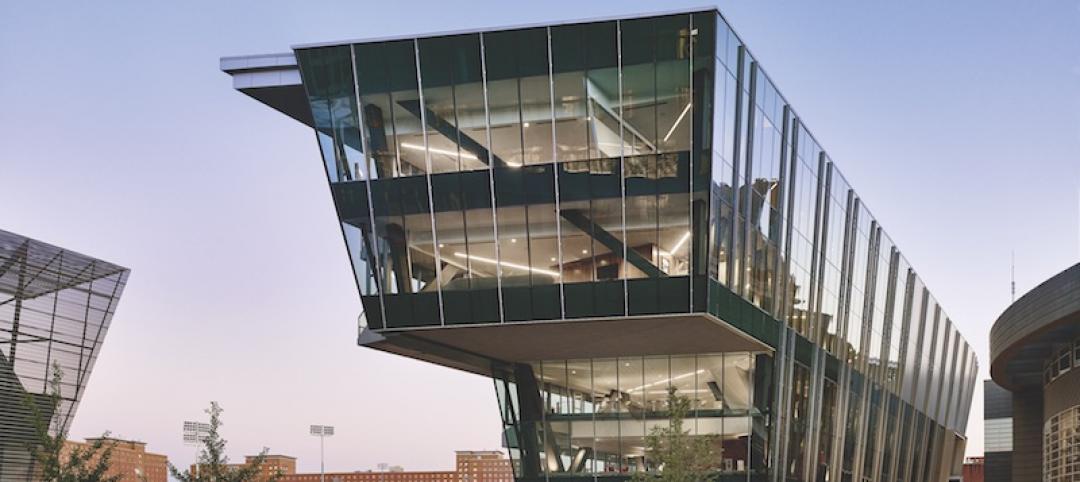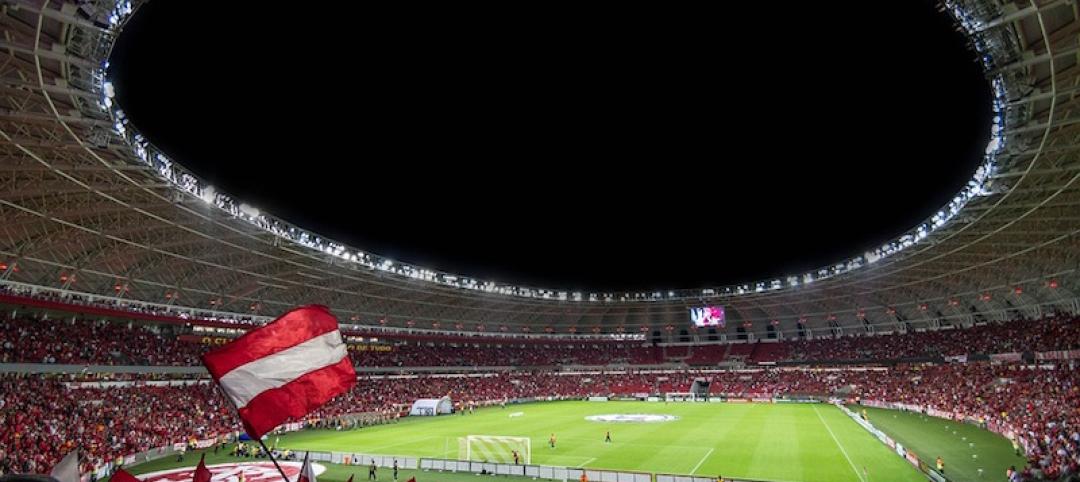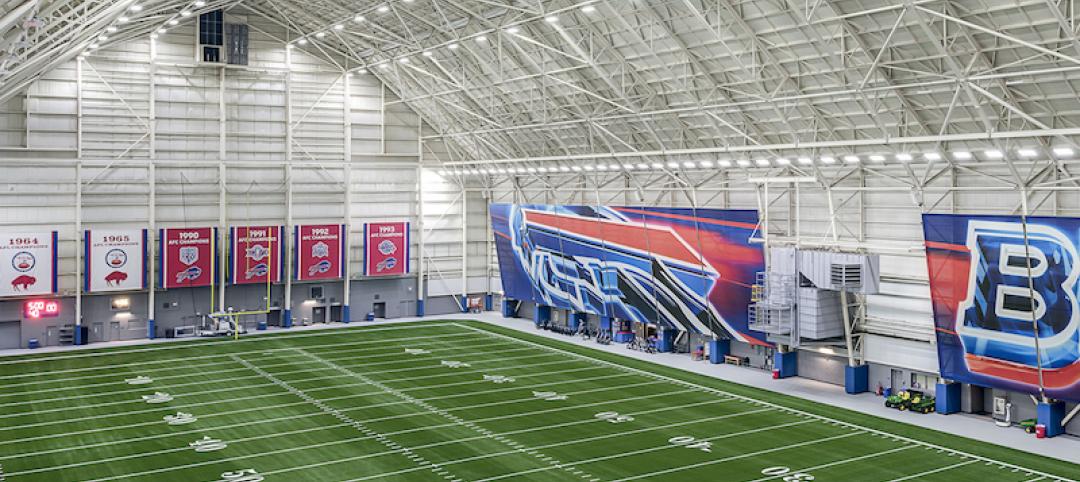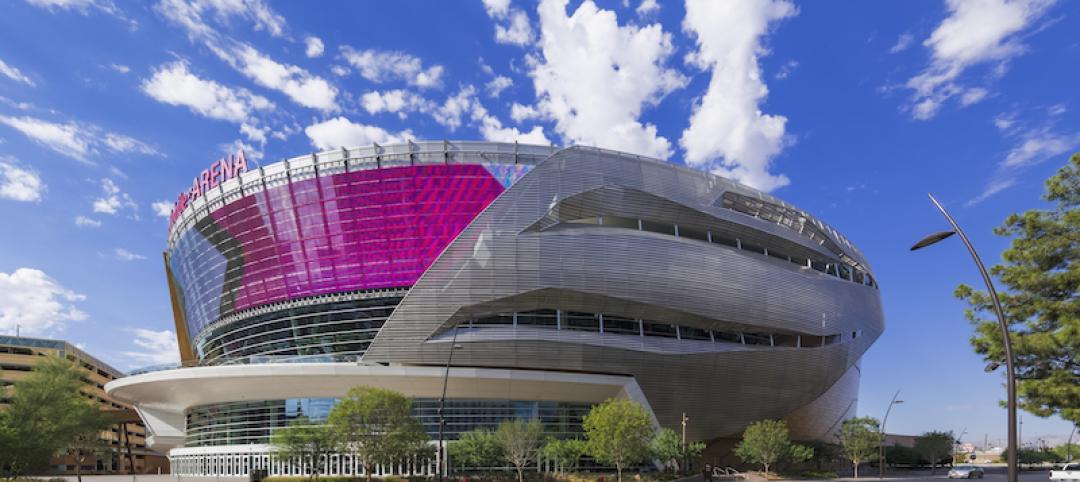Since July 1, 2021, student-athletes in most states have had the right to control the use of their names, images, and likenesses (NIL) for marketing and publicity purposes, and be compensated for that usage while maintaining their amateur status to continue playing for their college teams.
This change has led colleges and universities to strike NIL deals with businesses and advertisers, through which individual athletes can negotiate. Booster groups, like alumni associations, have also formed NIL Collectives that raise money from NIL agreements that is made available to students in exchange for using their persona. Sweeter deals can motivate student-athletes to transfer, which complicates teams’ recruiting and roster-building objectives.
NIL policies have raised expectations among student-athletes about the quality of sports training and performing facilities, in ways that present new design, renovation, and construction opportunities for AEC firms with sports practices.
“Schools’ facilities need to be more competitive, and find revenue-generating solutions,” says Sean Plunkett, Managing Principal with PBK Sports, a division of PRK Architects, which has pursued this avenue for higher ed business. He’s seeing more modifications to campus sports venues that create different experiences, such as pay tiers for seating, tailgating, and food and beverage.
On August 22, BD+C interviewed Plunkett and Melvin Robinson, who had recently joined PBK Sports as National Director of Sports Client Engagement. Robinson’s resume includes nearly 15 years with the University of Georgia Athletic Association, with stints as Director of Facilities and Assistant Athletic Director. They had just met with the coaches and staff of a major Big Ten state university, “where football matters,” says Plunkett.
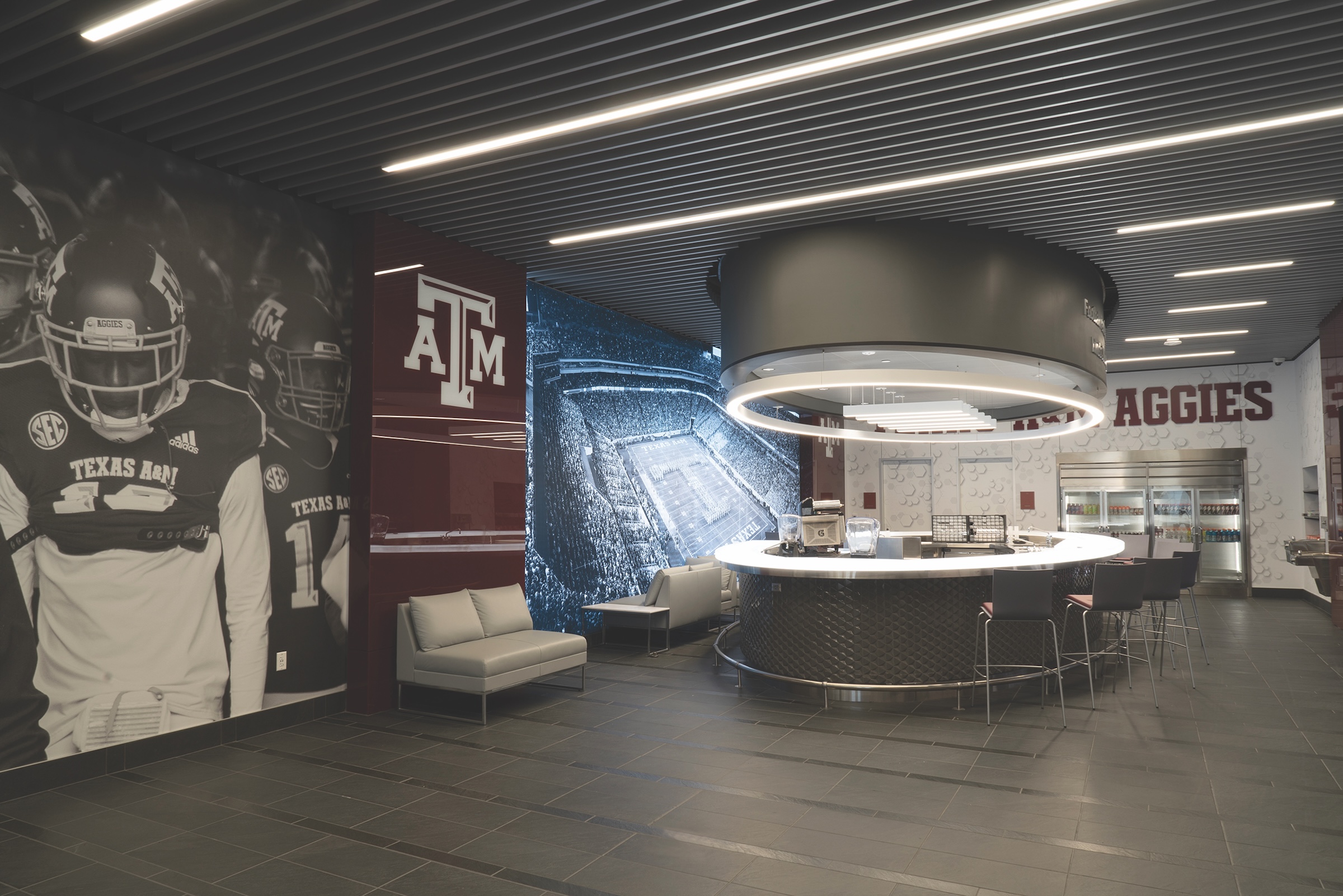
Over the past decade, Robinson has watched college sports programs engage in a recruiting arms race, with their athletic facilities as weapons. “It started in the locker room: who has the best pool, the best barber shop? It has all been about flash and pop.” During this period, and especially over the past few years, he’s seen student-athletes evolve into “entrepreneurs,” which can add another layer of stress. College sports programming now includes health, wellness, and financial services to help their athletes handle the pressure.
Student-athletes, he says, have come to expect training facilities to resemble mini versions of ESPN. “You need digital spaces, technology, studios. Hollywood meets higher ed,” Robinson quips. And because college sports, especially football and basketball, are ubiquitous on TV and online platforms, their facilities often define the school’s image for student-athletes and their parents.
“The facilities are a big part of recruiting, enticing, and retaining athletes,” says Robinson.
The cost of new construction or renovation usually isn’t an impediment, says Plunkett, who notes that financing typically comes from ticket sales, donors, and vendors. To help its clients fill gaps in financing, PBK suggests things like seating values, and offering diverse fan experiences both inside and outside the stadium or arena.
Robinson observes that professional sports teams are generally more attentive to the comfort and convenience of their fans, whereas colleges are all about the players. However, pros’ training facilities are catching up. “NIL is leveling the playing field,“ says Robinson.
Related Stories
Sports and Recreational Facilities | Dec 18, 2017
Canada’s newest funicular makes Edmonton’s largest green space more accessible
The incline elevator is located in downtown Edmonton and was publicly funded.
Sports and Recreational Facilities | Dec 15, 2017
Jefferson City’s new 80,000-sf recreation and wellness center
The facility will be co-managed by Lincoln University and the City of Jefferson – Parks, Recreation, and Forestry.
Sports and Recreational Facilities | Dec 6, 2017
An upscale RV camp breaks ground in Coos Bay, Ore.
The complex will include 180 campsites and a year-round clubhouse.
Sports and Recreational Facilities | Dec 6, 2017
BIG-designed 1.3 million-sf sports and entertainment district includes Austin’s first pro-sports stadium
BIG is working in partnership with STG Design and Austin Sports & Entertainment on the project.
Sports and Recreational Facilities | Nov 27, 2017
The University of Memphis unveils the new home of the men’s basketball program
The Laurie-Walton Family Basketball Center will provide a strong commitment to donor and VIP cultivation.
Sports and Recreational Facilities | Nov 16, 2017
(UPDATED) Sasaki, Snøhetta, Studio T-Square, and HOK will lead the design of the Oakland A’s new stadium
The stadium is being planned for a piece of land that sits next to Lake Merritt near Downtown Oakland, surrounded by parkland and neighborhoods.
Giants 400 | Oct 23, 2017
Wooing jocks and fans
Colleges are going all out to optimize the fan experience and make the most of student athletes’ time.
Sports and Recreational Facilities | Oct 23, 2017
Top 50 sports construction firms
AECOM, Mortenson Construction, and Turner Construction Co. top BD+C’s ranking of the nation’s largest sports sector contractors and construction management firms, as reported in the 2017 Giants 300 Report.
Giants 400 | Oct 20, 2017
Top 20 sports engineering firms
WSP, Walter P Moore, and ME Engineers top BD+C’s ranking of the nation’s largest sports sector engineering and EA firms, as reported in the 2017 Giants 300 Report.
Giants 400 | Oct 20, 2017
Top 40 sports architecture firms
Populous, HOK, and HKS top BD+C’s ranking of the nation’s largest sports sector architecture and AE firms, as reported in the 2017 Giants 300 Report.


